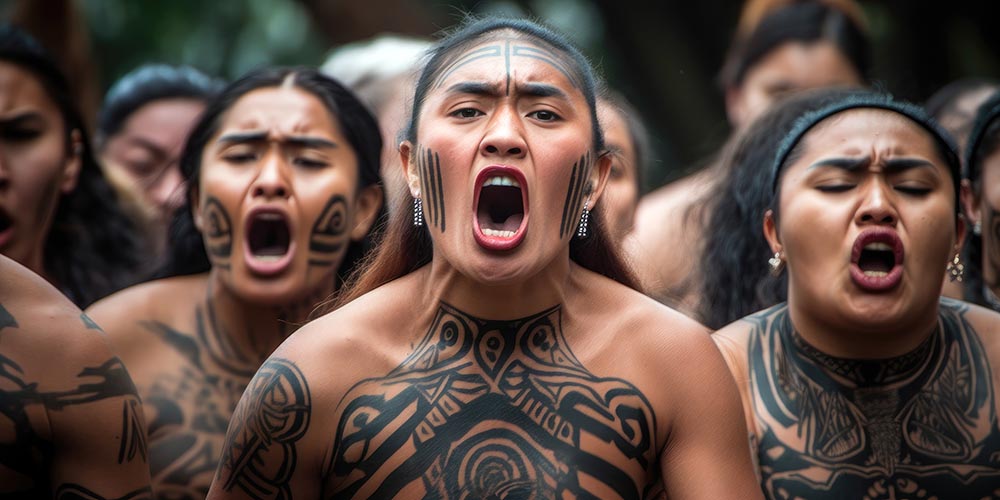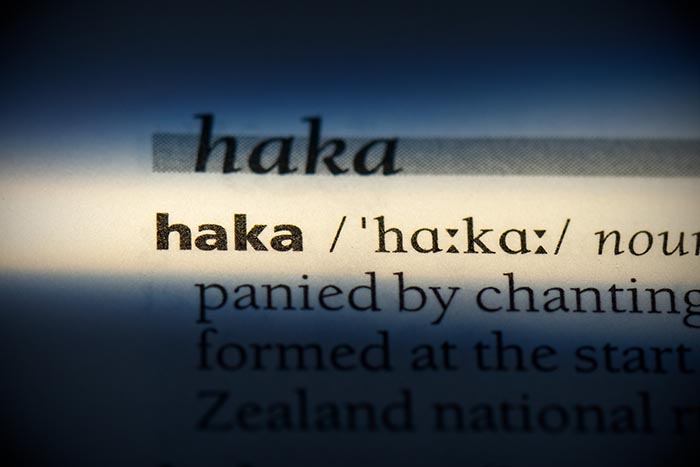What Are Languages 4? Blog
Revitalizing Indigenous Languages Through Storytelling and Ceremonial Practices

April 15, 2024
Revitalizing Indigenous Languages Through Storytelling and Ceremonial Practices
In Indigenous cultures, stories and ceremonies are not merely forms of entertainment but vital conduits for preserving languages and reinforcing community identity. These practices encapsulate a community's history, ethos, and worldview as essential links to the past while guiding present and future generations. This article explores the integral role of storytelling and ceremonial practices in revitalizing heritage languages and emphasizes their significance in maintaining cultural continuity.
Case Studies of Indigenous Communities
Several Indigenous communities have successfully leveraged their rich traditions of storytelling and ceremony to revitalize their languages. For instance:
These examples illustrate how deeply language is intertwined with cultural practices, serving as a medium of communication and a repository of cultural knowledge.
Analysis of Songs, Myths, and Ceremonies
Songs, myths, and ceremonies are critical in maintaining language fluency and transferring knowledge. For instance:
These practices are pivotal in fostering a living connection to the language, making it relevant and vibrant for younger generations.

Cultural Identity and Language
Traditional narratives and rituals significantly strengthen community identity and cohesion. They are imbued with cultural and spiritual values that resonate deeply with community members, reinforcing the community's self-perception and unity. Language is a vessel for historical knowledge and cultural wisdom, making it a critical component of community identity.
Integration of Cultural Elements in Language Learning
Languages 4™ addresses the challenges of preserving these traditions through innovative educational frameworks that integrate cultural identity and heritage into language instruction, For instance:
Multi-Generational Curriculum (Languages 4 Generations)
Adaptive Learning Methods
Conclusion
Stories and ceremonies are foundational to sustaining Indigenous languages and identities. They teach language and imbue learners with a sense of their historical and cultural roots. By integrating these cultural elements into broader educational systems, including through innovative projects like Languages 4™, we ensure these traditions thrive and inspire future generations. This approach preserves linguistic heritage and enhances cultural understanding, making it a dynamic way to enrich our global cultural landscape.
Citations
Tohe, L. (2006, December 28). Storytelling helps preserve Navajo culture. Retrieved from https://news.asu.edu/20201228-storytelling-helps-preserve-navajo-culture
Singhwi, A. (2017, May 9). Action and Meaning: Examining the Haka tradition of the Maori people of New Zealand using the Circuit of Culture. Personal Blog Retrieved from circuit-of-culture-examining-the-haka-tradition-of-the-maori-people-of-new-zealand
Connect With Us
Follow our journey, share your thoughts, and participate in the conversation. Let's keep languages vibrant together.
Languages 4™ is more than a tool; it's a partner in the mission of preserving and revitalizing Indigenous languages. We invite reach out to us explore how our platform can support your language teaching goals. [Join the Conversation 📩 Subscribe to our Newsletter ] and take a step towards sustaining the rich heritage of Indigenous languages.

Tim O'Hagan
Founder and President, Languages 4®
Ready to embark on this transformative linguistic journey? Dive in and experience the confluence of tradition and innovation as we reimagine the future of Indigenous language learning.
[Join the Conversation to Subscribe to our Newsletter ]
